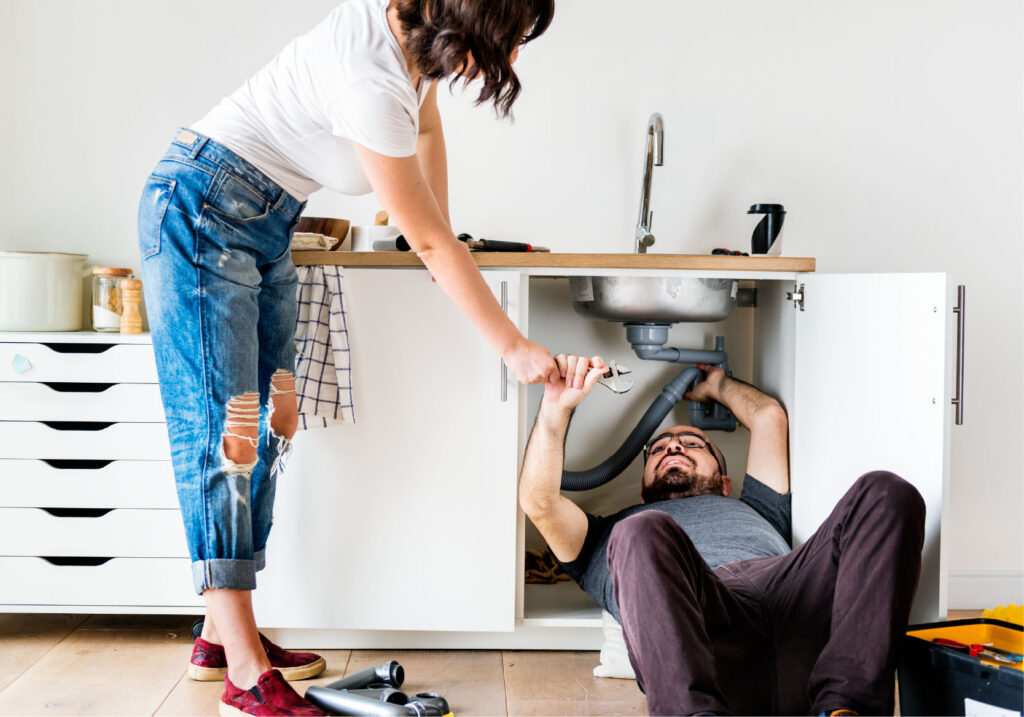When it comes to painting rooms in your home, you want the process to be as fast and easy as possible, which is why a lot of people tend to skip primer. Paint primer is actually one of the most important steps in getting a professional-looking job with less time and effort. We’ll break down what paint primer is, what’s it’s for, when you want to use it and when it’s okay to skip it.
What is Paint Primer, Anyway?
Paint primer is just what it sounds like—it’s a white-colored base coat that you apply first, before you start in with your expensive latex paint. It “primes” the surface you’re painting, so you get better adherence and coverage in fewer coats. Even though it adds an extra step, paint primer is a great time-saver in most instances and actually makes your paint job more durable, long-lasting and less likely to chip.
When You Should Use Paint Primer
There are some jobs where paint primer can be optional, but most of the time it’s a good idea. Before you break out the brushes and rollers, see if your job is on this list.
When It’s Okay to Skip Paint Primer
Call National Property Inspections Today
Your local National Property Inspections inspector has the professional training and experience to help assess the condition of your home’s structure and major systems. Give them a call today to schedule your pre-listing or homebuyer’s inspection.



